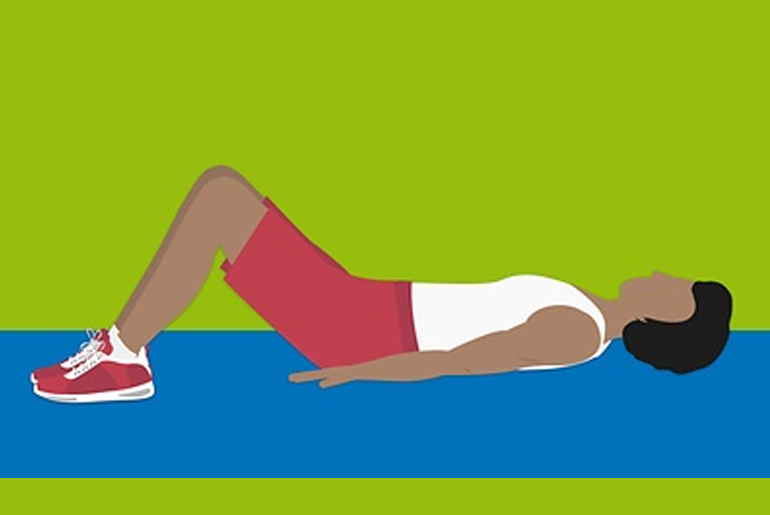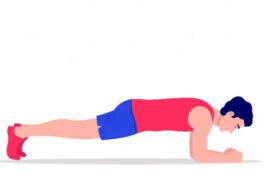Introduction:
Kegel exercises, named after Dr. Arnold Kegel, are pelvic floor muscle exercises that offer numerous health benefits for both men and women. These exercises target the muscles that support the pelvic organs, promoting urinary and sexual health. In this guide, we’ll explore the health benefits of Kegel exercises and provide step-by-step instructions on how to perform them correctly.
Health Benefits:
- Improved Bladder Control: Strengthening the pelvic floor muscles helps prevent or alleviate urinary incontinence, especially common in women after childbirth or during menopause.
- Enhanced Sexual Function: Kegel exercises can lead to increased sexual satisfaction by improving muscle tone and circulation in the pelvic region.
- Prevention of Pelvic Organ Prolapse: Regular Kegel exercises may reduce the risk of pelvic organ prolapse, a condition where pelvic organs like the bladder, uterus, or rectum descend into the vaginal space.
- Faster Postpartum Recovery: Women who practice Kegel exercises during and after pregnancy may experience quicker recovery of pelvic floor strength and tone.
- Treatment for Erectile Dysfunction: Men can benefit from Kegel exercises to improve blood flow to the genital area, potentially helping with erectile dysfunction.
Proper Techniques:
For Women:
- Identify the Right Muscles: While urinating, try to stop the flow midstream. The muscles used to do this are your pelvic floor muscles.
- Empty Your Bladder: Find a comfortable and quiet place. Empty your bladder before starting the exercises.
- Get into Position: Sit or lie down comfortably with your knees slightly apart.
- Contract the Muscles: Tighten your pelvic floor muscles as if you are trying to stop the flow of urine. Hold for a count of three.
- Relax: Release the muscles and rest for a count of three.
- Repeat: Aim for three sets of 10 repetitions each day.
For Men:
- Locate the Muscles: Identify the pelvic floor muscles by trying to stop the flow of urine or prevent gas from escaping.
- Empty Your Bladder: Begin with an empty bladder to avoid any discomfort.
Find a Comfortable Position: Sit or lie down comfortably with your knees bent and slightly apart.
- Contract the Muscles: Squeeze the pelvic floor muscles for a count of three without holding your breath.
- Relax: Release the muscles and rest for a count of three.
- Repeat: Gradually increase repetitions, aiming for three sets of 10 squeezes each day.
Tips for Success:
- Consistency is Key: Incorporate Kegel exercises into your daily routine for optimal results.
- Avoid Overdoing It: Do not overstrain your pelvic floor muscles. Gradually increase intensity over time.
- Breathe Normally: Maintain regular breathing throughout the exercises. Avoid holding your breath.
- Seek Professional Guidance: If unsure about the correct technique, consult a healthcare professional or a physical therapist.
Incorporating Kegel exercises into your routine can contribute to better overall pelvic health. However, individual needs may vary, and consulting with a healthcare provider is recommended, especially for those with specific health concerns or conditions.
How to Do Kegel Exercises:
To perform Kegel exercises, start by identifying and isolating your pelvic floor muscles, which can be achieved by stopping your urine midstream. The muscles engaged in this action are the ones you want to focus on contracting. However, it’s crucial not to practice Kegels while urinating to avoid potential harm to the bladder and kidneys, as advised by MedlinePlus.
Another method to locate the pelvic floor muscles is by inserting a finger into your vagina or anus and squeezing. If you feel tightness around your finger, you’re targeting the correct muscles. If you encounter difficulty finding or isolating these muscles, consulting with a doctor or pelvic floor specialist is recommended.
Once you’ve identified the right muscles, follow these steps for Kegel exercises, according to MedlinePlus:
- Ensure your bladder is empty.
- Tighten your pelvic floor muscles and hold for 10 seconds.
- Relax the muscles for 10 seconds.
- Repeat this sequence 10 times.
You can perform Kegel exercises up to three times a day. Initially, aim for 3 to 5 seconds of contraction, gradually progressing to 10 seconds over time. Regular practice of Kegel exercises can contribute to the strengthening of your pelvic floor muscles and overall health.
Summry:
Maintaining a robust pelvic floor is crucial for both men and women’s overall health. Weak pelvic muscles can lead to problems such as urinary incontinence, gas, and stool leakage. Kegel exercises are a recommended solution to strengthen these muscles, potentially addressing these issues and enhancing childbirth experiences and sexual pleasure. However, it’s important to note that Kegels may not be suitable for everyone, and consulting with a doctor before attempting them is advisable to ensure appropriateness and effectiveness for individual health needs.
Disclaimer:
The information contained in this article is for educational and informational purposes only and is not intended as a health advice. We would ask you to consult a qualified professional or medical expert to gain additional knowledge before you choose to consume any product or perform any exercise.








